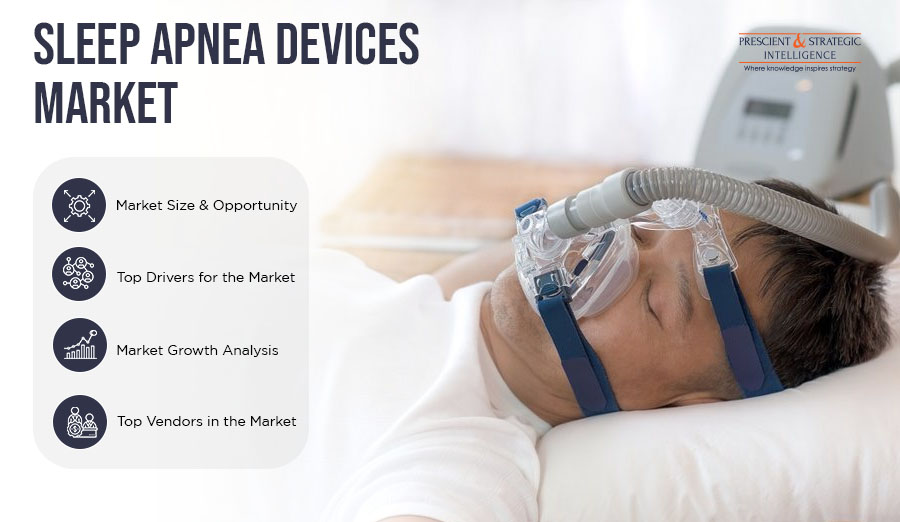The global ENT devices market is projected to reach $31.8 billion by 2030, advancing at a compound annual growth rate (CAGR) of 7.7% from its estimated value of $20.4 billion in 2024. This growth is primarily driven by the increasing prevalence of hearing disorders and sinusitis, coupled with a growing preference for minimally invasive procedures within the ENT specialty. Technological advancements have led to the development of sophisticated devices, enhancing diagnostic and therapeutic capabilities. Additionally, the rising geriatric population, which is more susceptible to ENT-related ailments, further propels market expansion. However, the high cost of advanced ENT devices poses a challenge, potentially limiting accessibility, especially in developing regions.
Key Insights
The ENT devices market is segmented into diagnostic devices, surgical devices, hearing aids, visualization devices, and others. In 2024, diagnostic devices are expected to account for the largest share, approximately 40%, driven by the availability of diverse products and the increasing incidence of ENT disorders. Hearing aids are projected to be the fastest-growing category, with a CAGR of 8.2% during the forecast period, attributed to manufacturers focusing on launching advanced hearing aids to enhance market presence.
Hospitals are anticipated to hold around 50% of the market share in 2024, serving as major treatment facilities within the global healthcare system. Ambulatory centers are expected to be the fastest-growing end-user category, reflecting a shift towards outpatient care settings.
Geographically, North America is projected to lead the market with a revenue share of 40% in 2024, primarily due to an improving reimbursement scenario for ENT procedures and the presence of strong market players in the region. The Asia-Pacific region is expected to be the fastest-growing market, driven by increasing healthcare investments and a rising prevalence of ENT disorders.
Technological advancements, such as the integration of high-resolution cameras and 3D vision capabilities in endoscopes, are enhancing diagnostic accuracy and surgical precision. The development of minimally invasive ENT procedures, which offer benefits like reduced scars, trauma, and shorter recovery times, is gaining traction. However, the high cost of advanced ENT devices, including IoT-enabled devices and surgical robots, remains a significant challenge, potentially limiting their adoption to well-funded medical centers and developed countries.
The ENT devices market is characterized by fragmentation, with different companies dominating various segments. No single competitor possesses a clear edge across all categories, leading to a competitive landscape where innovation and strategic partnerships are key to gaining market share. The introduction of advanced products and expansion into emerging markets present significant opportunities for industry participants.


